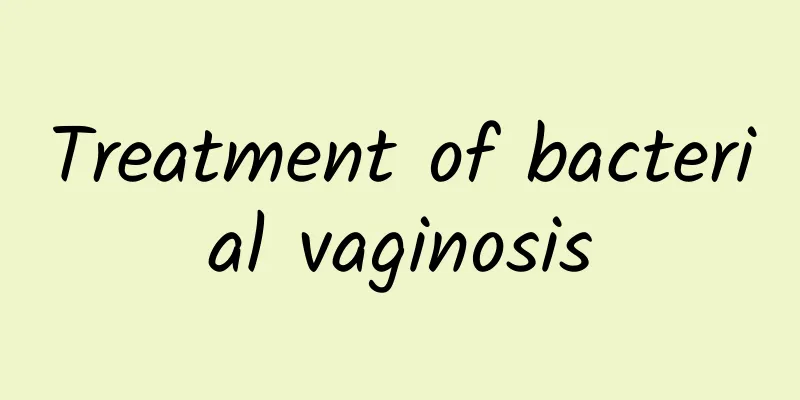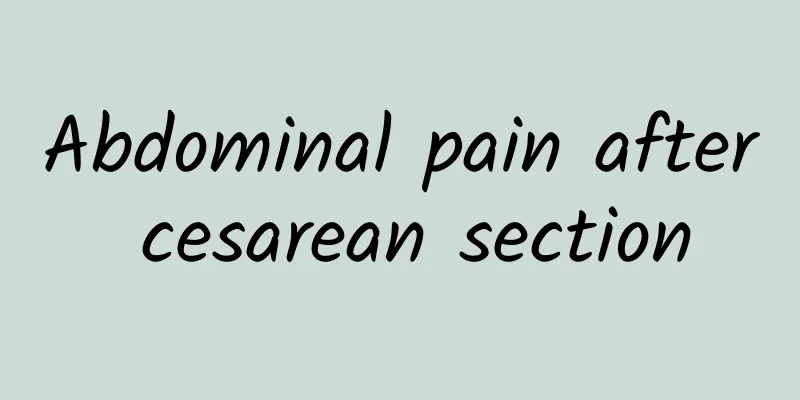Symptoms of pancreatitis

|
Diseases are very common in life. Different diseases have different harmful effects on human health. Therefore, when you find that you have a disease and are not sure what disease it is, you need to get checked in time. This will be very helpful for the treatment of the disease. So what are the symptoms of pancreatitis? Many people don’t know much about this disease, so they are not very clear about the symptoms. So what are the symptoms of pancreatitis? There are many aspects to this disease, and there are different symptoms for this disease. Therefore, when the disease occurs, it can be easily discovered and treated in time. Symptoms of pancreatitis: The clinical characteristics of early symptoms of pancreatitis are sudden onset of persistent severe upper abdominal pain, accompanied by fever, nausea, vomiting, increased serum and urine amylase activity, and in severe cases, peritonitis and shock may occur. Chronic pancreatitis is manifested by recurrent episodes of acute pancreatitis or signs of pancreatic insufficiency, and may include abdominal pain, abdominal mass, jaundice, steatorrhea, and diabetes. The main symptoms of abdominal pain are sudden, persistent severe pain or knife-like pain in the upper abdomen or left upper abdomen, and a feeling of tightness in the upper abdomen and waist. It often occurs after a full meal or drinking, accompanied by paroxysmal aggravation, which may be enhanced by eating and may affect the area around the navel or the entire abdomen. It often radiates to the left shoulder or both sides of the waist and back. The pain is usually located in the upper and middle abdomen. If the inflammation is mainly in the head of the pancreas, it is often in the upper and middle abdomen to the right; if the inflammation is mainly in the body and tail of the pancreas, it is often in the upper and middle abdomen and left upper abdomen. The pain is relieved by bending over or leaning forward when sitting up. Sometimes morphine alone is ineffective. If combined with bile duct stones or biliary ascariasis, there will be right upper abdominal pain and biliary colic. Nausea and vomiting occur in 2/3 of patients. The attacks are frequent and reflexive in the early stages, with food and bile as the main symptom. The late stage is caused by paralytic ileus, and the vomitus is fecal. If a person vomits ascaris, it is usually pancreatitis complicated by biliary ascariasis. Vomiting in patients with alcoholic pancreatitis often occurs during abdominal pain, while vomiting in patients with biliary pancreatitis often occurs after abdominal pain occurs. The fever is usually moderate: between 38° and 39°C, and usually decreases gradually after 3 to 5 days. However, in severe cases, the temperature may persist for several days, indicating pancreatic infection or abscess formation, and symptoms of poisoning may appear. In severe cases, the body temperature may not rise. When combined with cholangitis, there may be chills and high fever. Hand and foot convulsions are caused by low blood calcium. The lipase that enters the abdominal cavity digests the adipose tissue on the greater omentum and peritoneum and breaks it down into glycerol and fatty acids. The latter combines with calcium to form insoluble fatty acid calcium, thereby reducing serum calcium. Shock is more common in acute hemorrhagic necrotizing pancreatitis, due to massive exudate and bleeding in the peritoneal and retroperitoneal cavity, fluid accumulation in the intestinal cavity due to intestinal paralysis, and vomiting leading to fluid loss, causing hypovolemic shock. In addition, a large amount of protein decomposition products are absorbed, leading to toxic shock. The main symptoms are irritability, cold sweat, thirst, cold limbs, thin pulse, shallow and rapid breathing, low blood pressure, and oliguria. In severe cases, cyanosis, breathing difficulties, delirium, coma, rapid pulse, unmeasurable blood pressure, anuria, and renal failure may occur. Through the above introduction, we have a good understanding of the symptoms of pancreatitis. Therefore, when the above situation occurs, timely treatment is also needed. This will be of great help to the improvement of the disease, so that all aspects of the patient's body will not be affected too much. This will be of great help to the patient's body. |
<<: Minimally invasive surgery for lumbar disc herniation
>>: Food combinations that cause dermatitis
Recommend
What are white spots on the face?
After getting acne on their face, many people will...
Benefits of Bazhen Soup
Regulating the body through traditional Chinese m...
TCM treatment of sebaceous cysts
For the problem of sebaceous cyst, it is of cours...
What is the best Chinese medicine for treating liver ascites?
The full name of ascites is cirrhosis ascites. As...
Acute bronchitis
Acute bronchitis is divided into three types: the...
What are the traditional Chinese medicines that can nourish the kidneys and promote hair growth?
Men with poor kidneys really have to deal with on...
Bartholin's gland abscess
Different glands in the human body are located in...
Is it normal to have menstruation at the age of eleven?
Girls will start menstruating when they reach a c...
What can't you eat if you have urinary stones?
There are many common diseases. In the treatment ...
How much do you know about vestibular function?
Vestibular function plays a key role in the human...
Do you occasionally have a dull pain in your lower abdomen?
Generally, a painful lower abdomen will cause dis...
White stuff in nipple
If you find white stuff inside the nipple, it may...
What to do if you have chickenpox on your feet
Chickenpox looks very similar to the acne we ofte...
How to store chicken mushrooms?
Fungi have high nutritional value and many benefi...
How long does it take for baby eczema to heal on its own?
Children are prone to symptoms of eczema because ...









